Devlog 1 - Creative Brief
Echoes of Past
Genre: Narrative-driven adventure game with puzzle-solving, Role Playing, Visual Novel
Players: Singleplayer
Input: Mouse + Keyboard
Platform: PC
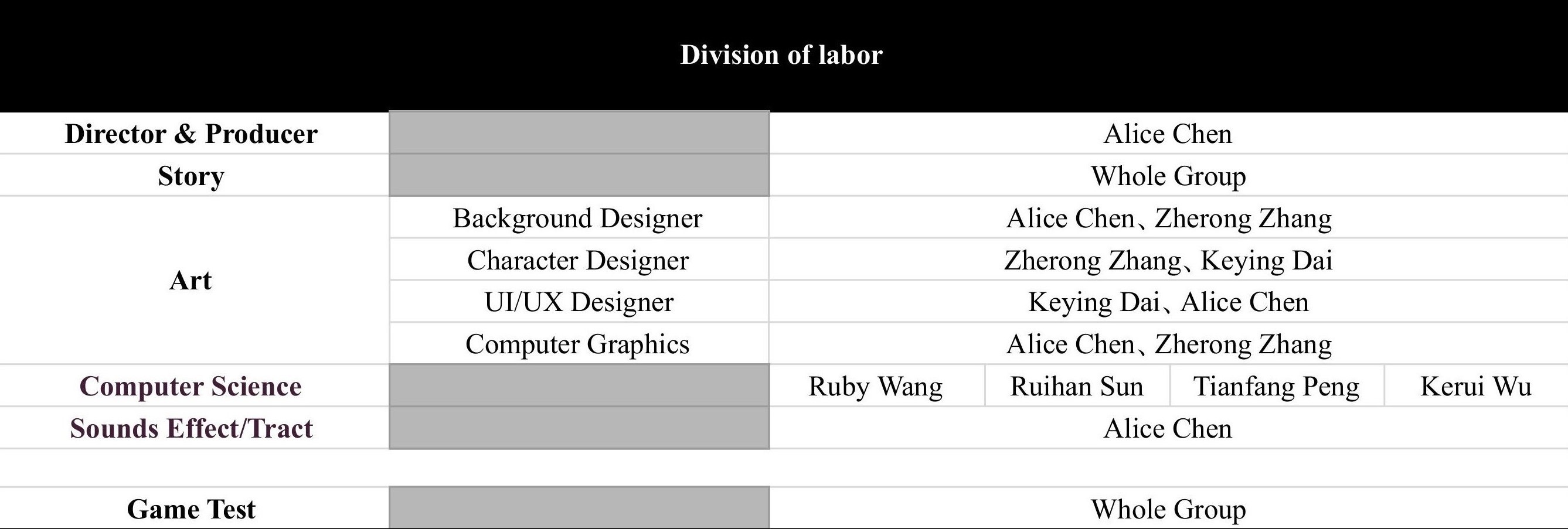
Backstory
In “Echoes of Past", players take on the role of a teenager whose parents have passed away, and he unexpectedly gains the ability to travel through time. To save his parents, players must traverse different timelines, exploring special locations such as their home, hospital and etc., while solving puzzles to uncover the truth behind his parents' deaths. Once all the clues are gathered, players may have a chance to save them. The overall game style is dark and mysterious, with a user-friendly interface that helps players collect clues more efficiently. Through dialogue choices, players become fully immersed in the story. This game is primarily aimed at players aged 15 and above who enjoy adventure and puzzle-solving.
Mechanics
Our game mechanics are based on the following key points:
- Story-driven game progression:
The entire game revolves around time travel, with players gathering clues to travel to other timelines to learn the truth. Progress in each timeline depends on the player's understanding of the story and interaction with NPCS, and the story development directly influences the player's next moves.
- Character Interaction and Dialogue System:
Players acquire key information and clues through dialogue and interaction with NPCS. Dialogue options may influence the player's subsequent content to a certain extent, determining different endings and enhancing the player's sense of engagement with the story.
- Clues and Props Collection:
- Players explore the scene, decrypting to obtain specific items and key clues to advance the story. These items and clues determine the player's final interpretation and connect different parts of the story.
- Staged story unlock :
The progression of the game is divided into different timelines, and players need to collect quantitative clues in each timeline to move on to the next timeline. Players must complete the goals of the current timeline to advance to the next timeline. Plot clues and missions are closely linked, pushing the player to uncover the truth of the story step by step.
- Simple operation and environment interaction:
Gameplay is generally kept simple, focusing on player movement and interaction with the environment and NPCS, with players investigating items, reading documents, and chatting with NPCS to advance the story. Interactions usually revolve around key clues or items that help the player solve the puzzle step by step.
- Decisive Event or selection system:
Some clues include branching choices, and the player's decisions affect the course of the story and its outcome. These choices are often decided around the player's different cues, giving the player a sense that their decisions impact the world.
- Visual progress or task tracking :
The progress bar through the old album image gives players a visual view of the story's progress and the unlocked episodes, helping them track their progress and understand the next goals.
When the player picks up props or activates the time-travel feature, there will be corresponding sound effects or music to enhance the player's experience. These mechanics combine to create an engaging, story-centric experience that allows players to unravel the full story through puzzle-solving, exploration, and character interaction.
Logo & Charecters Design
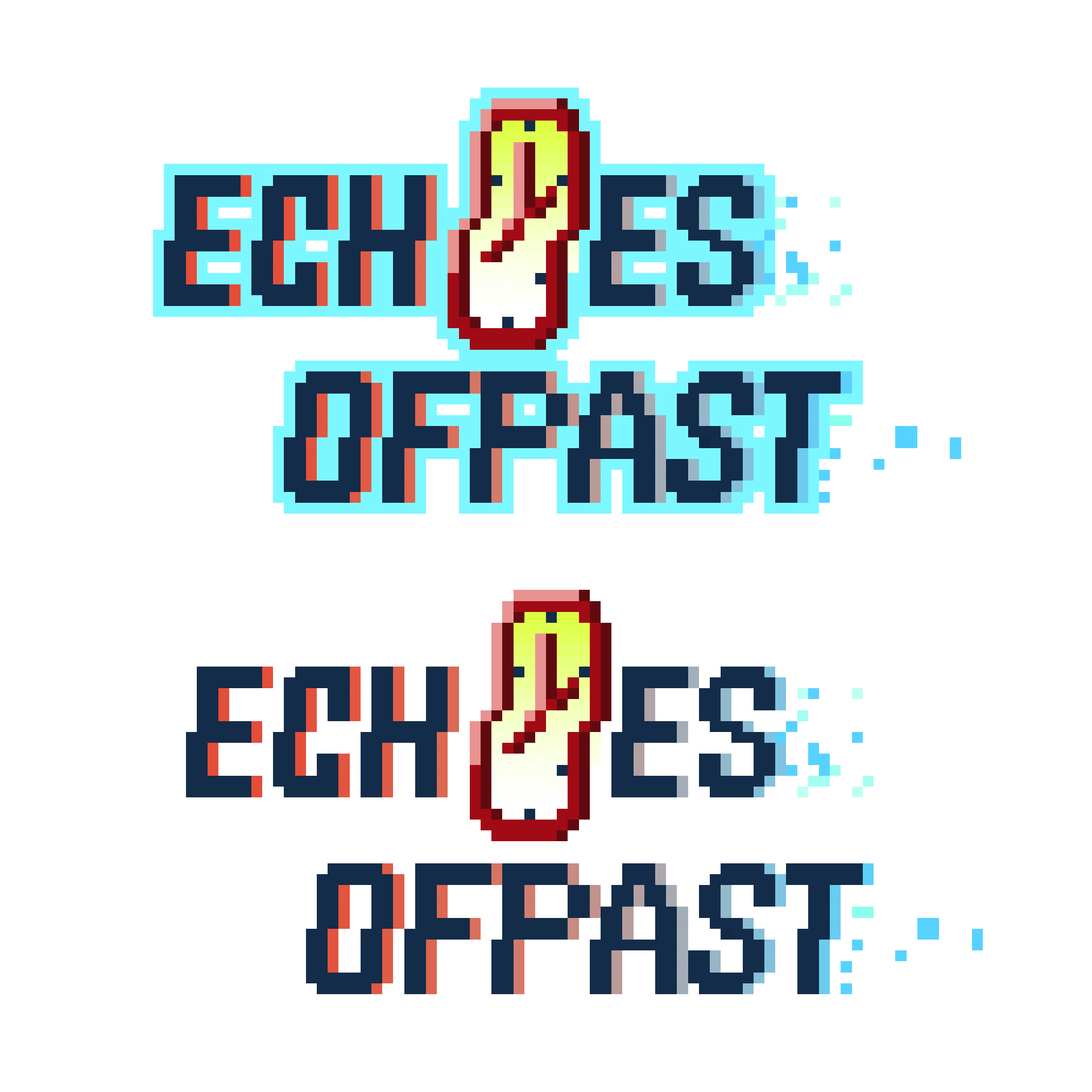
Logo 1:Headline
Logo 2
Protagonist
Murderer
Flow Charts
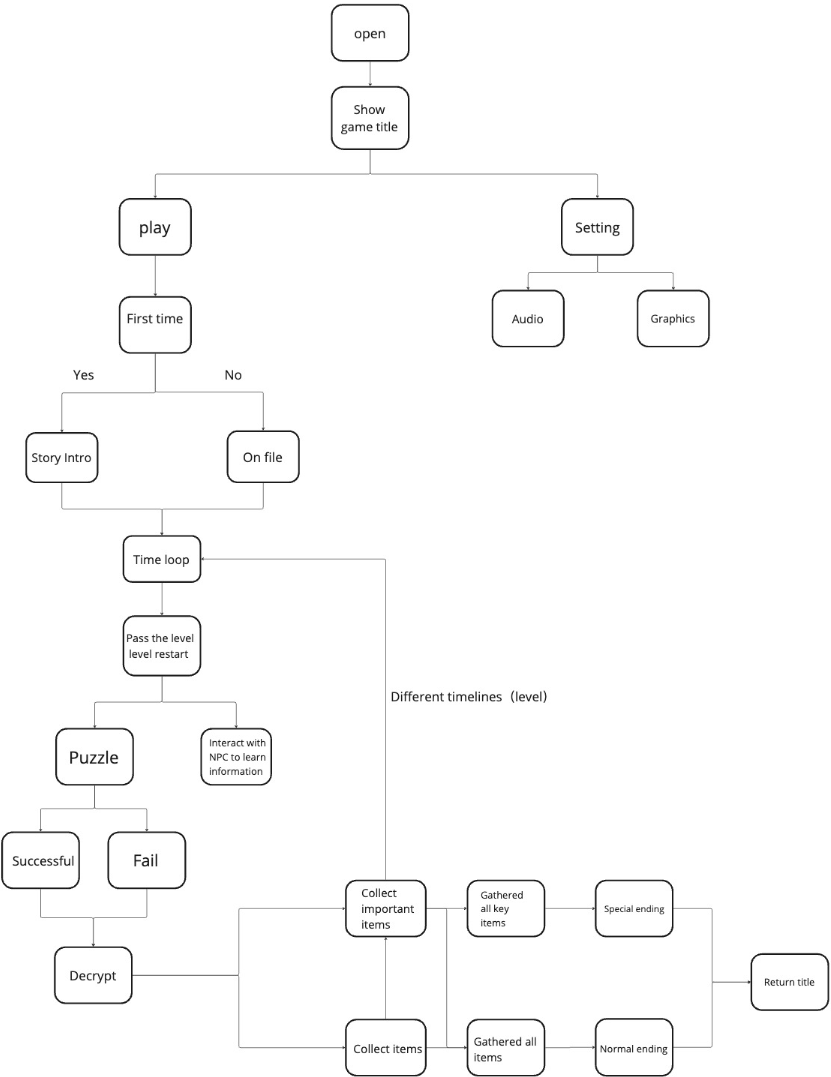
Selling Point
The game is aimed at players over the age of 15 who enjoy time travel themes and puzzle elements. It centers on a deeply emotional story of family affection, with the player’s main goal being to save their parents while unraveling the mystery behind their murder. Utilizing a unique time travel mechanic, players must find key items at different points to unlock new timelines, creating a cohesive and rewarding puzzle-solving experience. The dynamic 2D-pixel art style, accompanied by a diverse music design that shifts in tone and instruments over time, enhances the atmosphere. Progress is displayed through an old album-style visual system, offering both narrative depth and a sense of accomplishment. Players must strategically gather clues to avoid being trapped in the time loop, adding tension and challenge to the game.
Similar Games & References
Our inspiration comes from classic 2D horizontal suspense horror puzzle games and RPGs, such as "12 Minutes", "Inside", "What Remains of Edith Finch", and "Edelweiss". In particular, we aim to incorporate the dialogue-driven narrative style of "Edelweiss", allowing players to not only immerse themselves in the suspenseful atmosphere but also emotionally connect with the characters as the story unfolds.
Our mood board showcases a variety of visual inspirations. While the game will feature a 2D pixel art style, we intend to use a diverse range of lighting and color schemes to give the visuals a more dimensional and dynamic feel. We plan to utilize contrasts between warm and cool tones to clearly emphasize key emotions and themes in the game, helping players to become fully immersed in the suspense and puzzle-solving experience. This approach to color design will provide a deep visual experience, enhancing the tension and emotional shifts throughout the game.
INSIDE: We refer to its clearance format, players need to cross various obstacles to move forward. Referring to this game, we designed the game to hide from surveillance, hide from nurses, and find passwords to increase the difficulty of gaming. (Fig. 1)
Fig.1
12 Minutes: The game revolves around a time loop where players must search for clues to progress the story. In our game, the protagonist is forced to uncover the truth behind their parents' murder by gathering clues through repeated deaths and event cycles. (Fig. 2)
Fig.2
The Great Perhaps: This game is centered around time-travel puzzles, where players switch between different time periods to obtain key items or overcome obstacles. In our game, the protagonist can use items acquired from different time loops to solve challenges and advance the storyline. (Fig. 3)
Fig.3
What Remains of Edith Finch: In our game, the old album can be a visual view of the story's progress and the unlocked episodes, It also can be the presentation form of clues. This is a crucial element of the game. (Fig. 4-5)
Fig.4
Fig.5
Edelweiss: Our game shares similarities with "Edelweiss" in its dialogue-driven narrative. While "Edelweiss" focuses on romance and personal growth, it draws players in through deep character interactions. We aim to use a similar approach, where character dialogue drives the story and enhances player emotional engagement, especially when uncovering the mystery behind the suspense. (Fig. 6)
Fig.6
Sensei, see you tomorrow(Fig. 7-9)/D-Hospital(Fig.10-11 )/Potion Permit(Fig.12-13 ): We referenced the layouts from these three games.
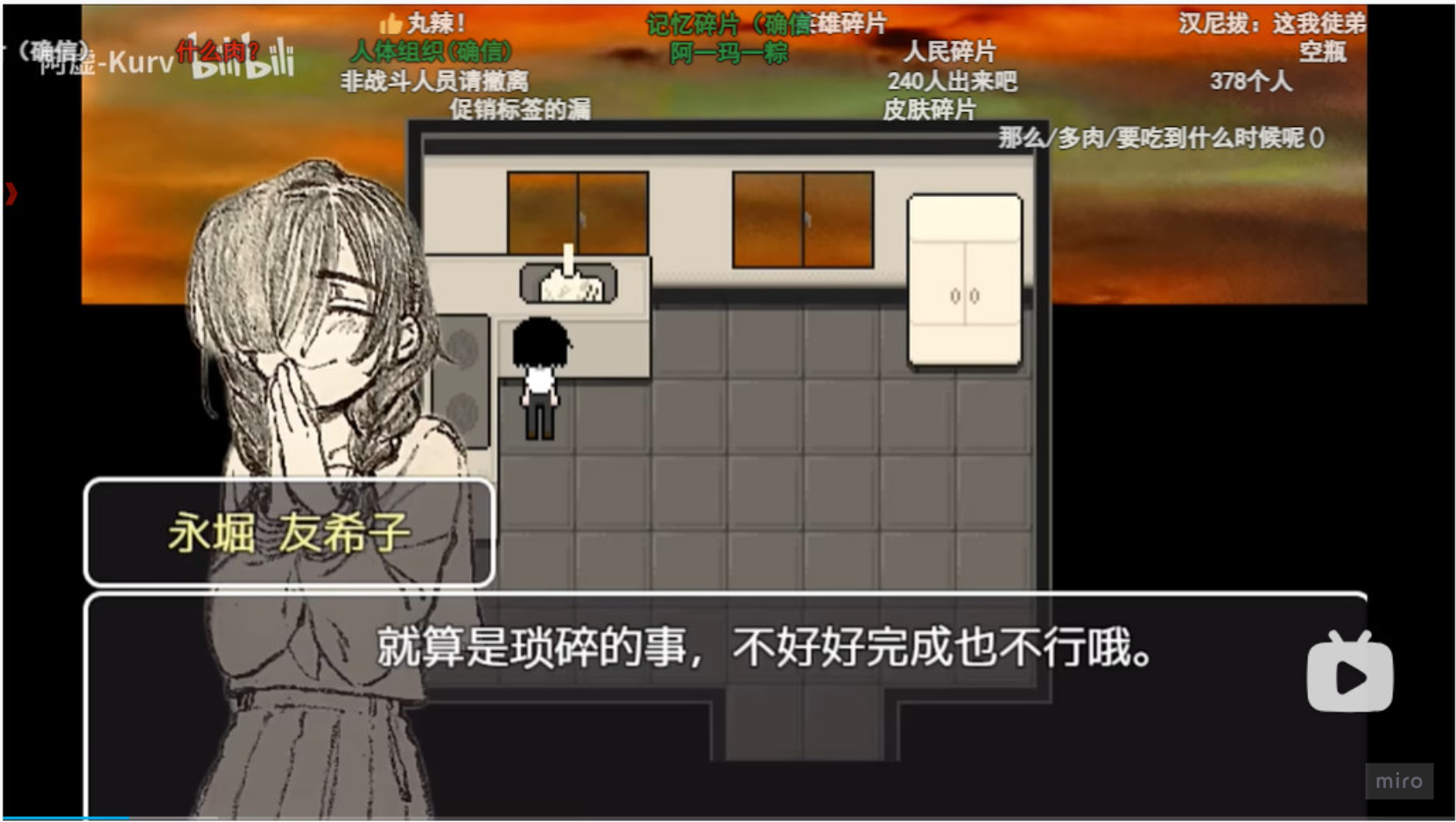 Fig.7
Fig.7
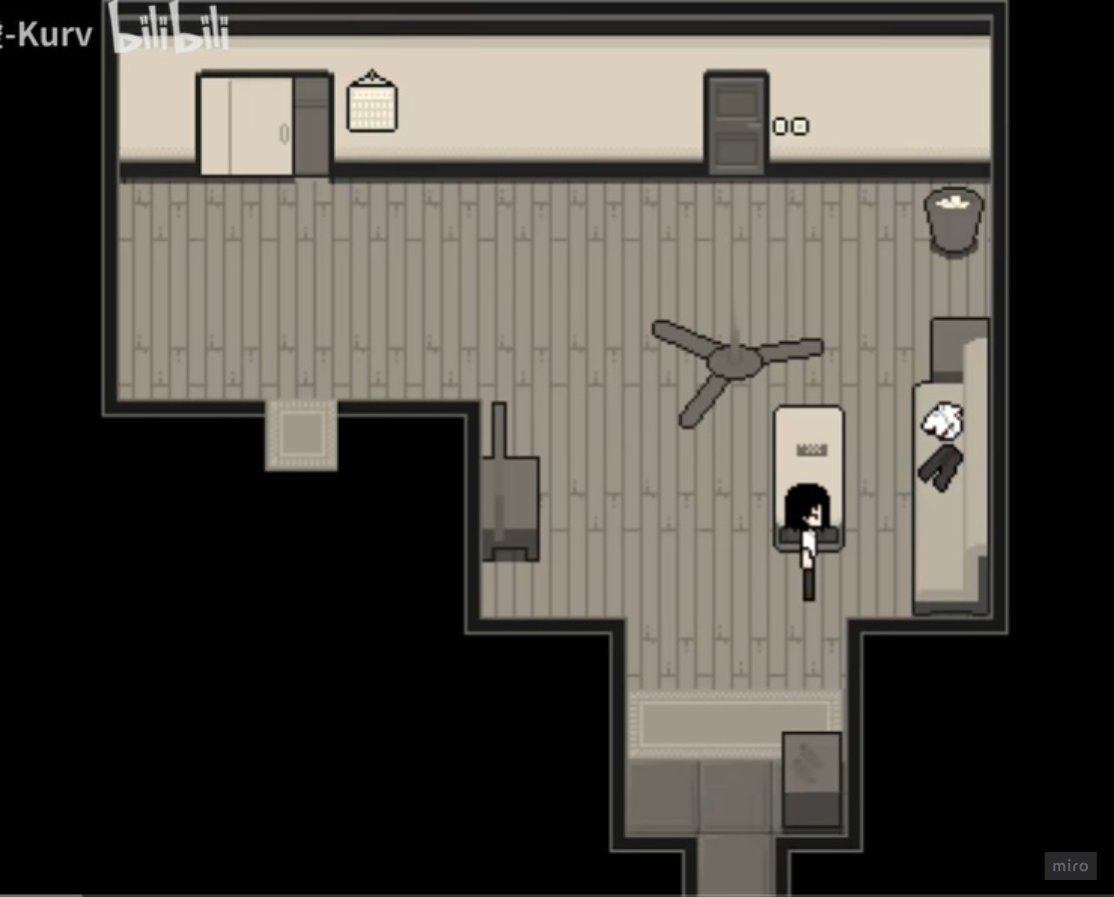 Fig.8
Fig.8
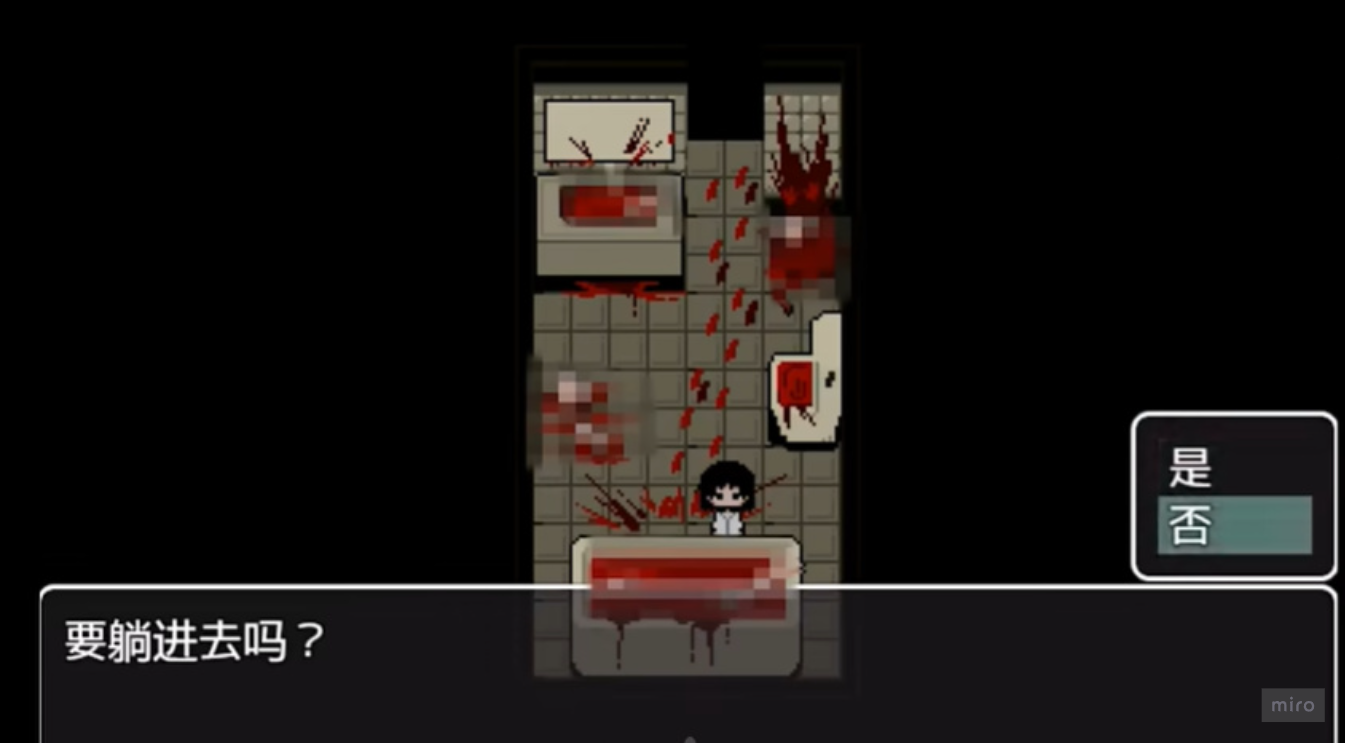 Fig.9
Fig.9
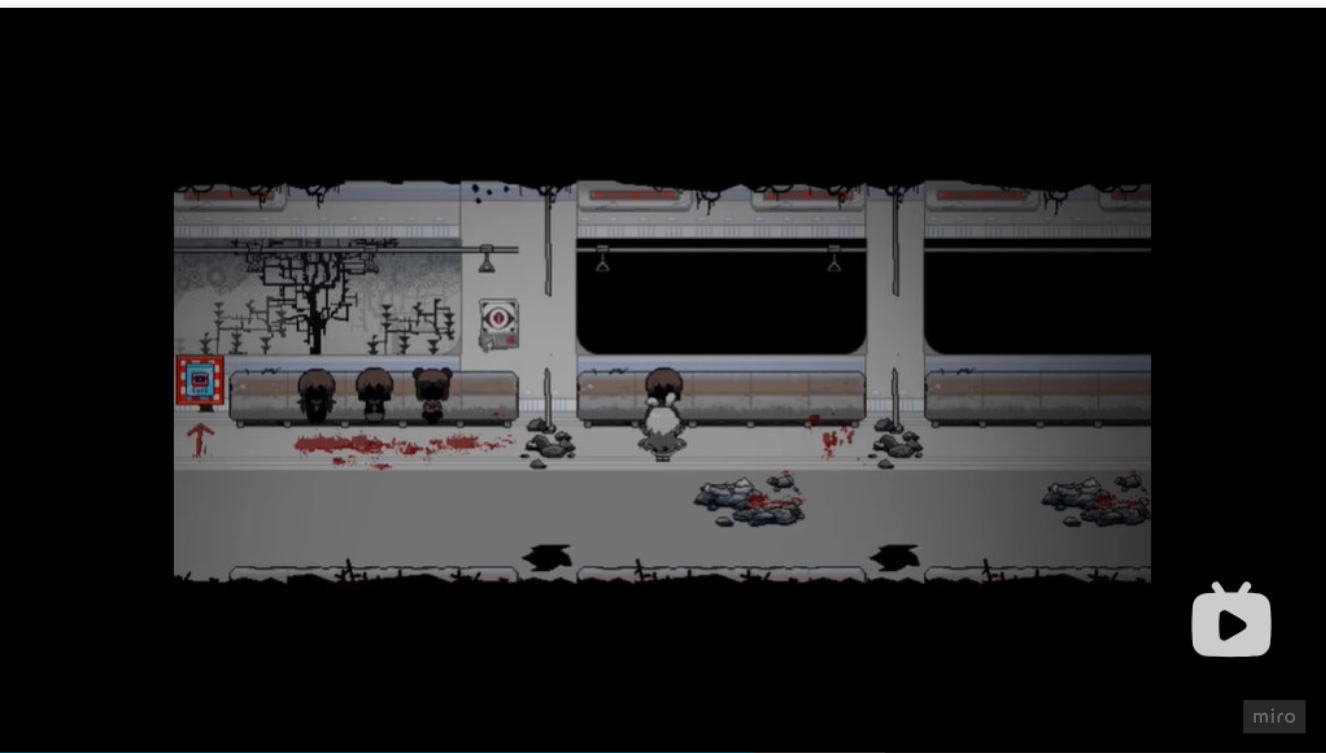 Fig.10
Fig.10
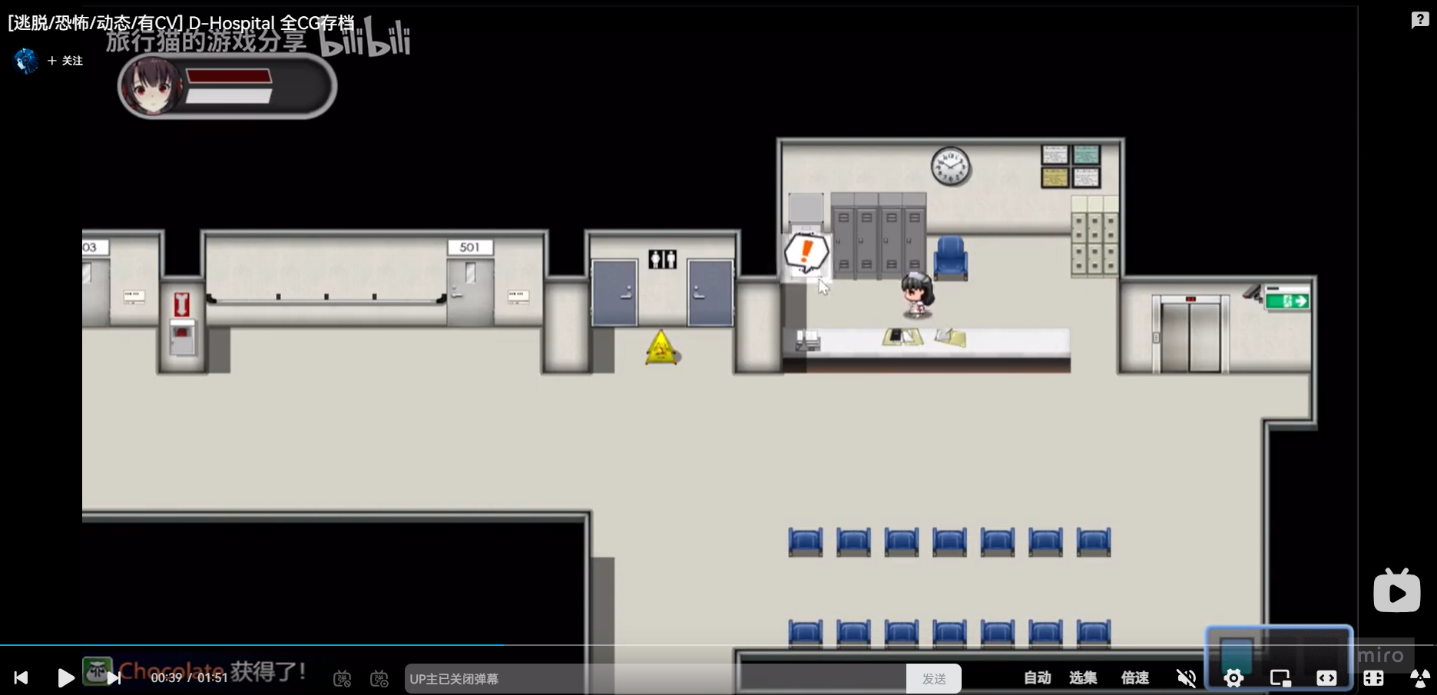 Fig.11
Fig.11
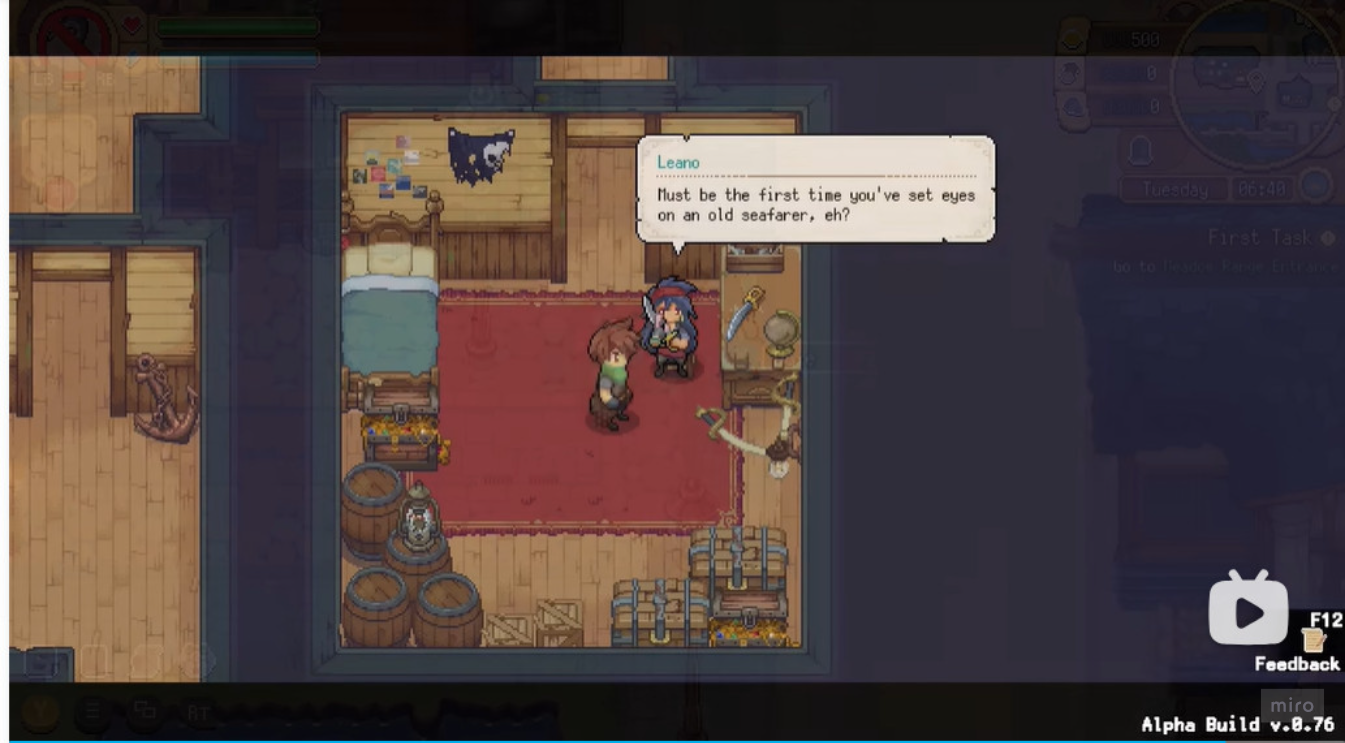 Fig.12
Fig.12
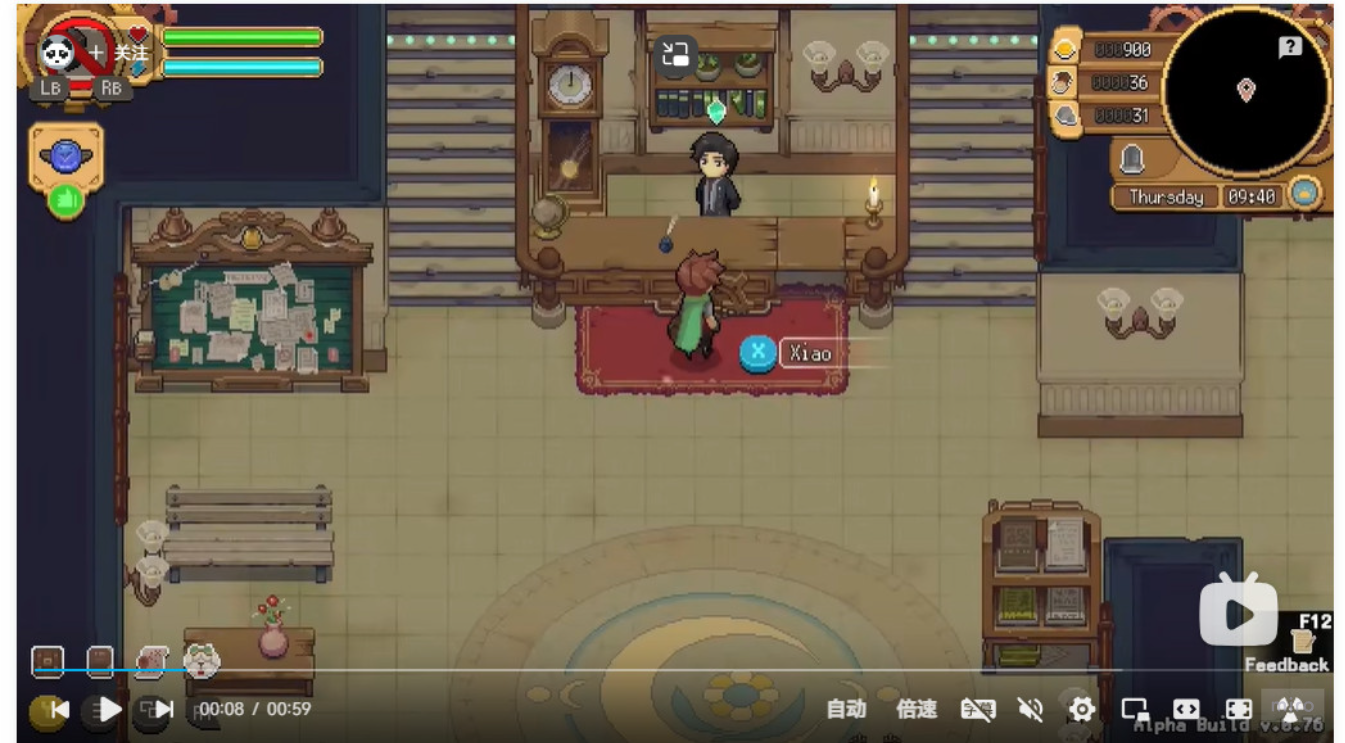 Fig.13
Fig.13
Game asset list & project timeline
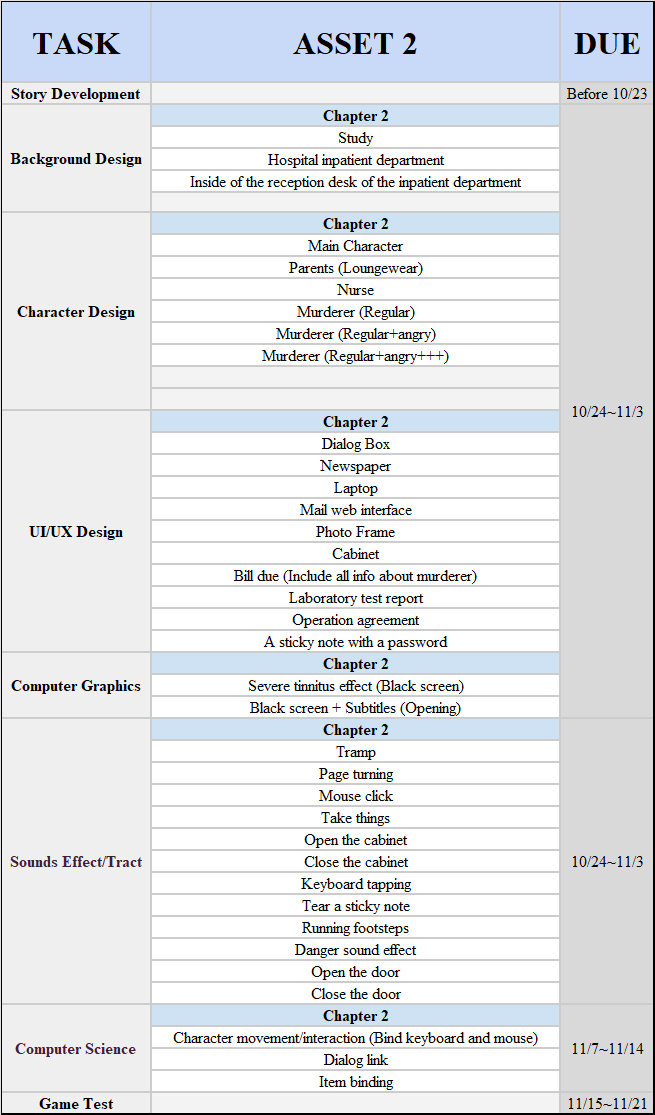
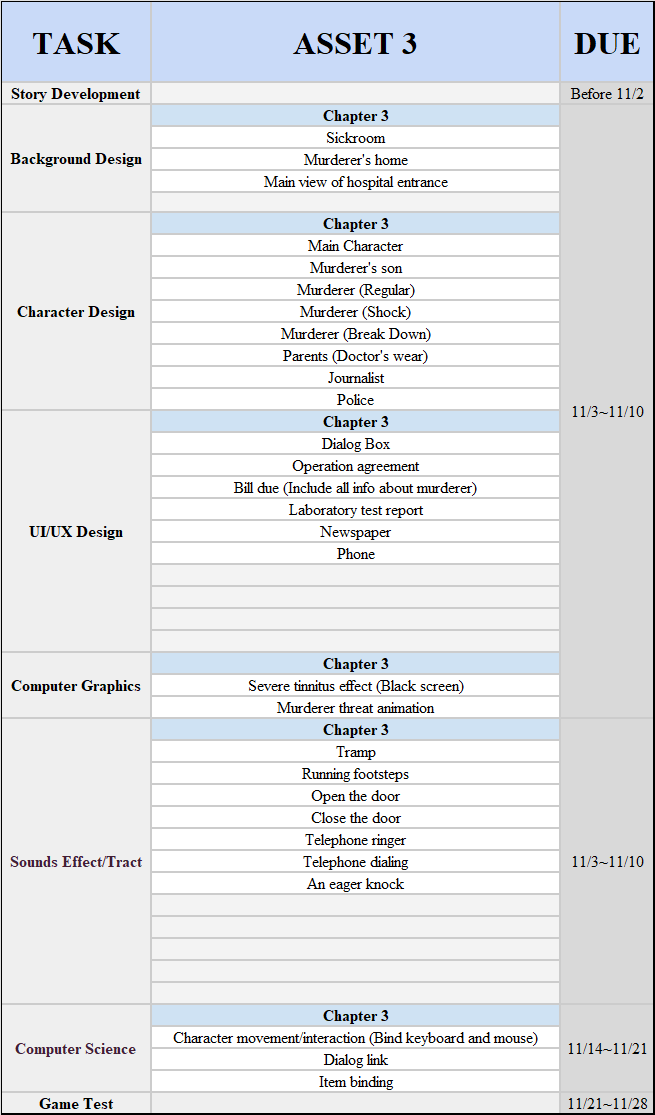
Feedback
...
Echoes of Past
| Status | Released |
| Author | Nefelibata_1216 |
| Genre | Visual Novel, Puzzle, Role Playing |
| Tags | 2D, Multiple Endings, Pixel Art, Psychological Horror, Singleplayer, storygame, suspense, Text based |
More posts
- Dvlog Final ( Click me : )Dec 05, 2024
- Devlog 2 - Game demoNov 21, 2024
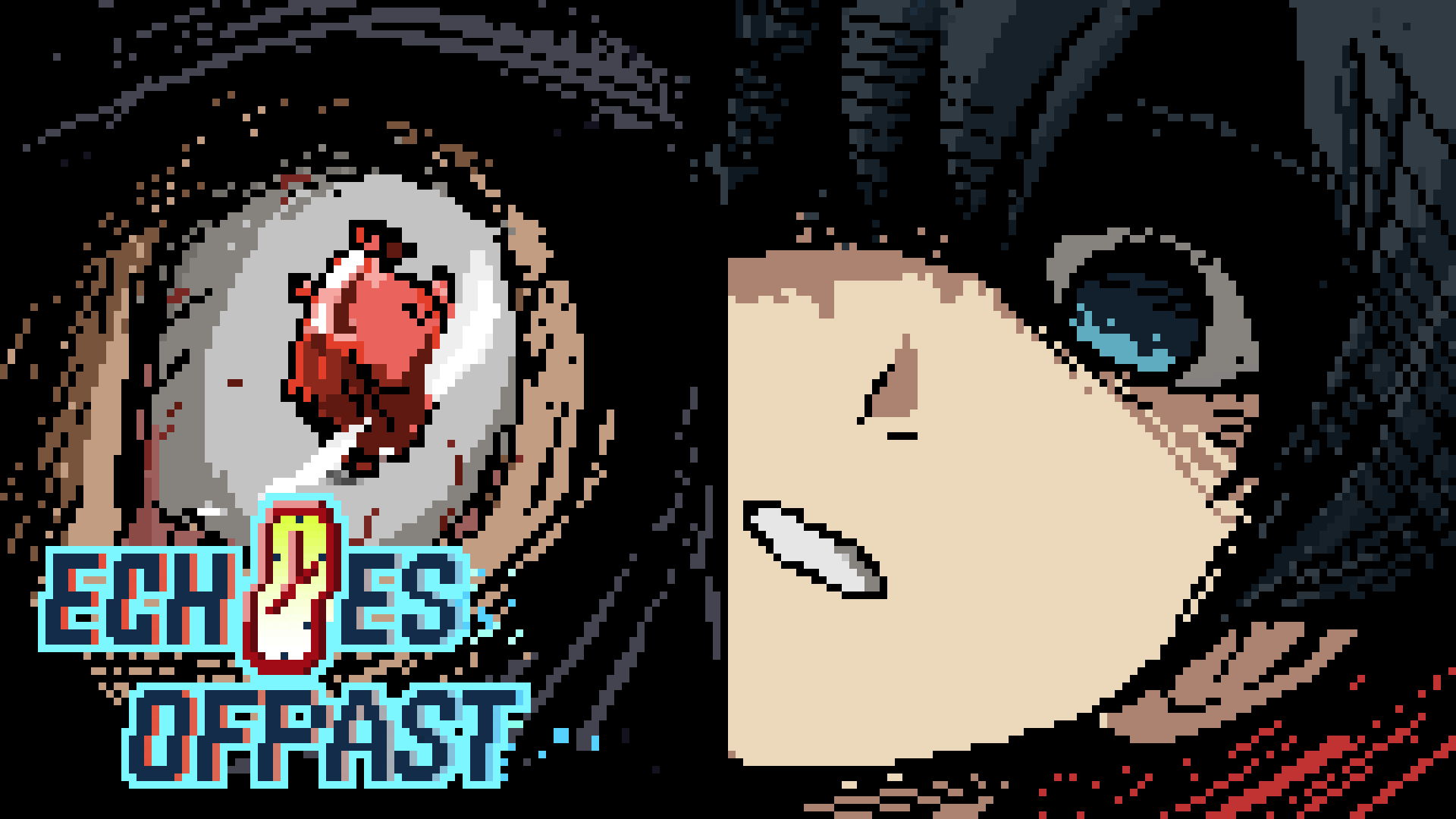
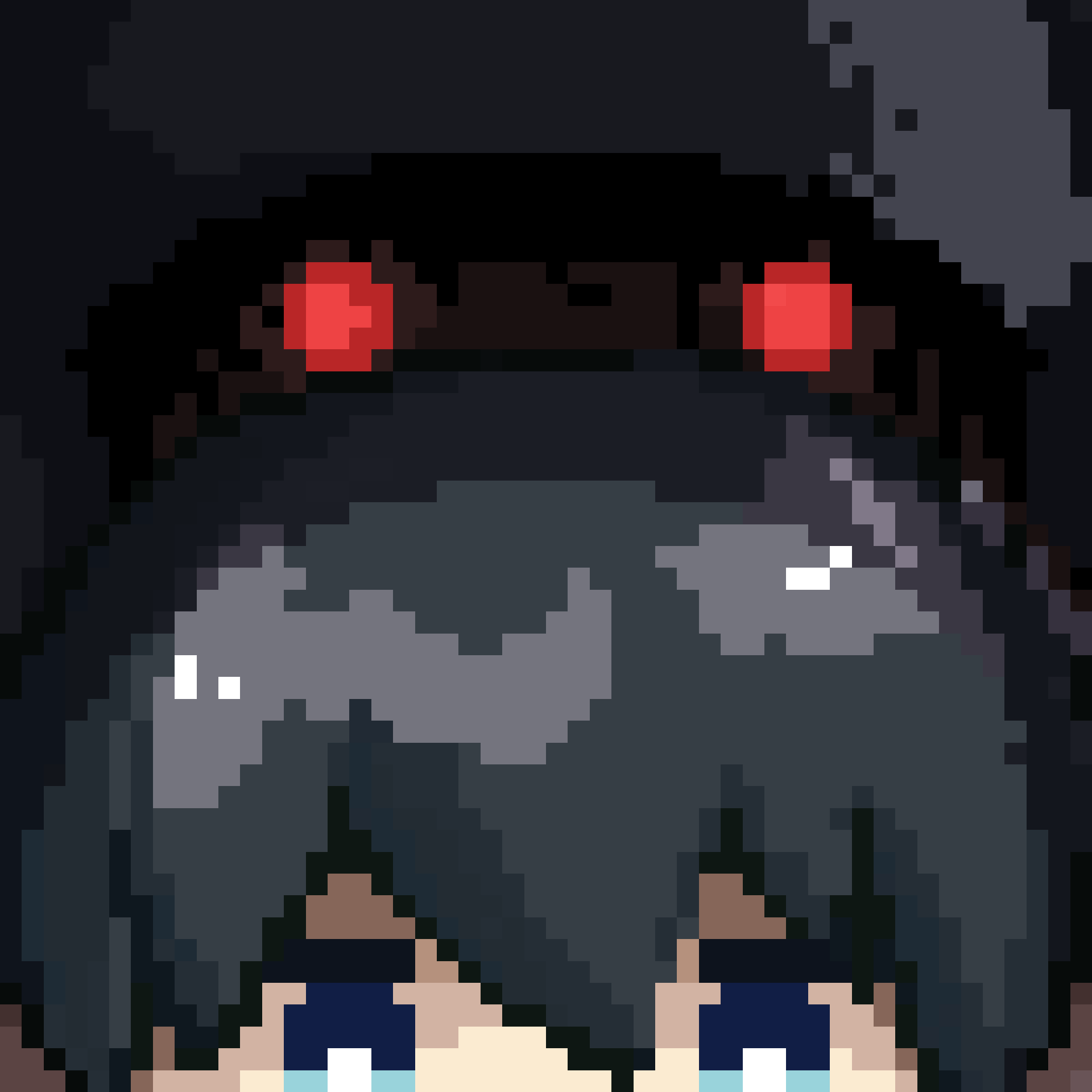
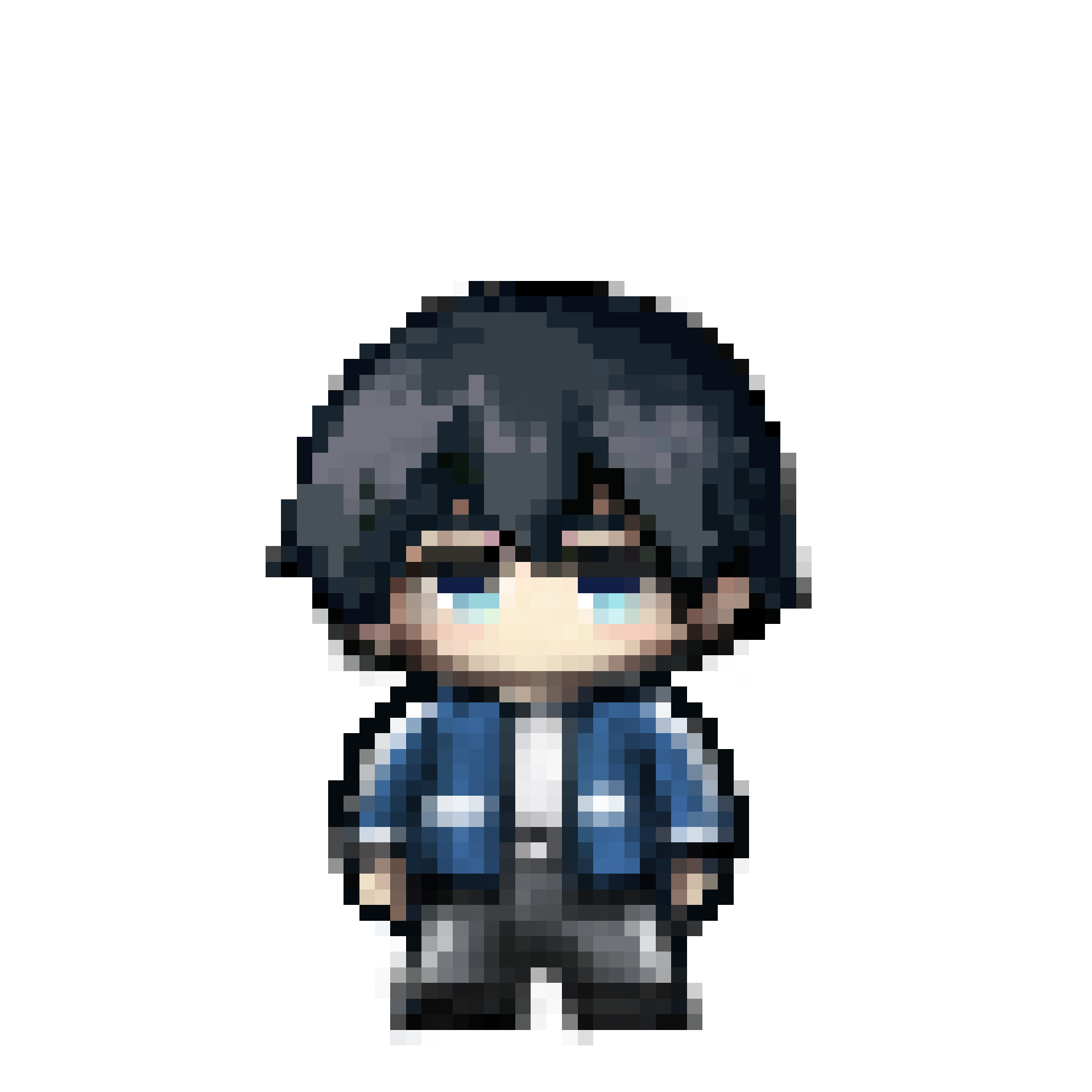
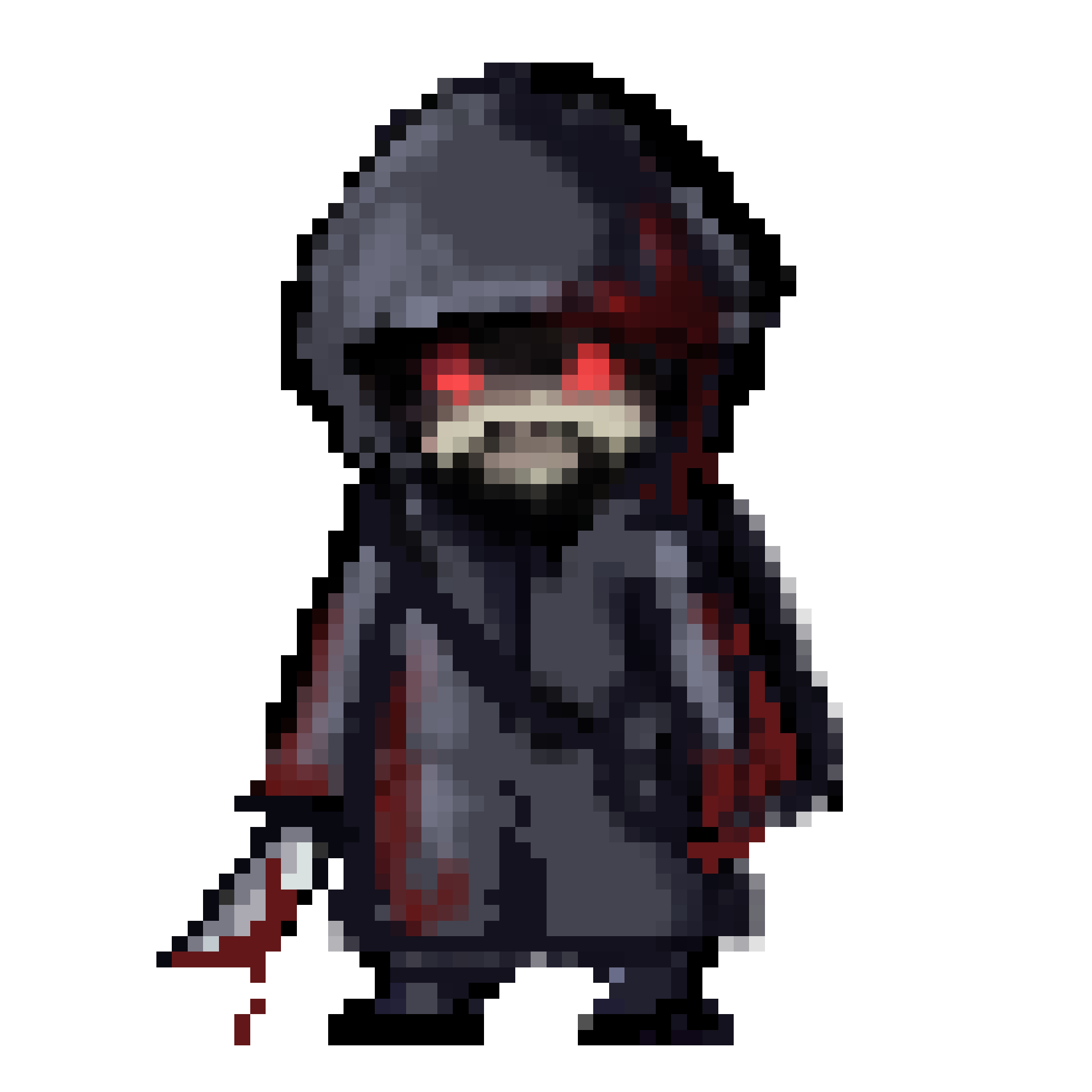
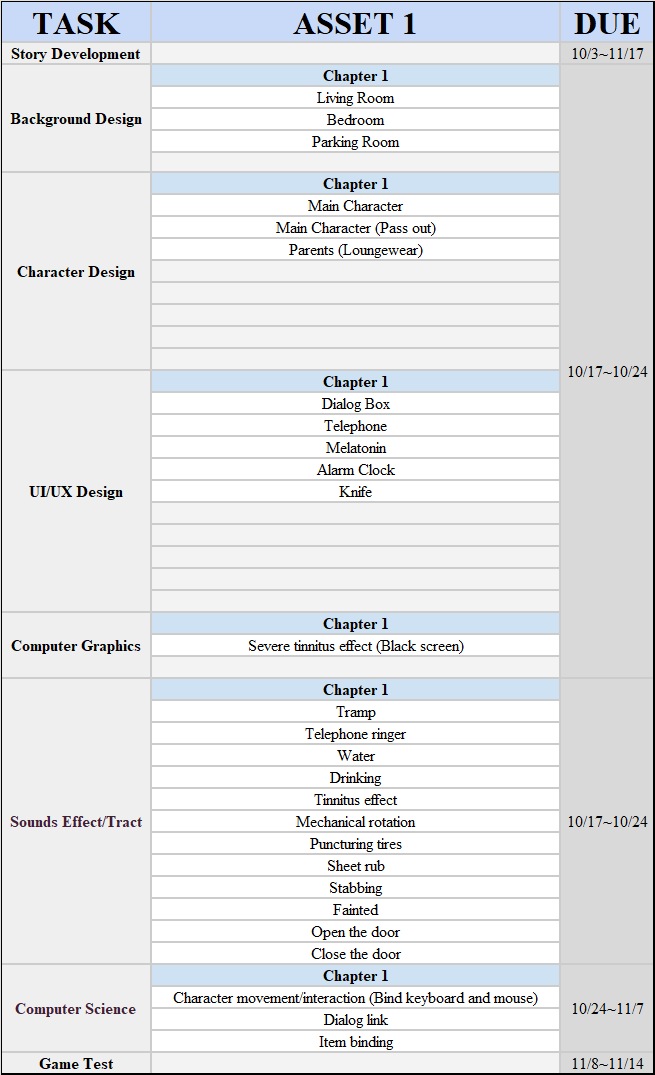
Leave a comment
Log in with itch.io to leave a comment.